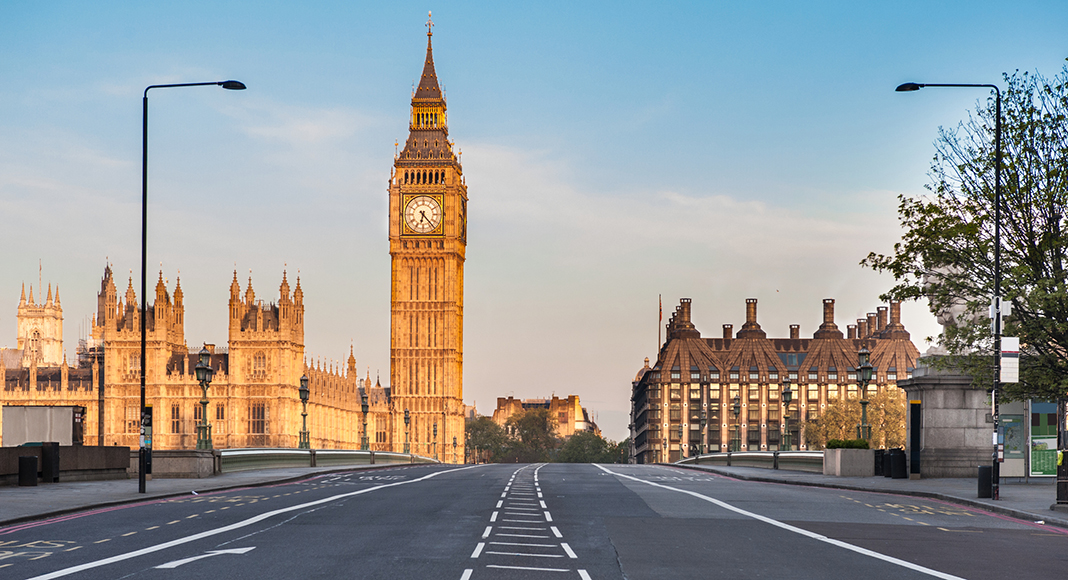The Mayor of London, Sadiq Khan, has published new evidence that shows significant improvements in air quality as a result of the halving of traffic in London due to the coronavirus lockdown. This is in response to environment ministers’ call for evidence which will feed into the Government’s response to COVID-19.
In 2020, before measures to address the COVID outbreak were introduced, hourly average levels of harmful gas nitrogen dioxide NO2 at all monitoring sites in central London had already reduced by more than a third (35 percent) compared to the same period in 2017. This follows the introduction of environmental policies including the world’s first Ultra Low Emission Zone (ULEZ).
Since 16 March 2020 there has been an additional reduction of 27 percent.
The report shows:
- There have been huge reductions in NO2, especially at roadside sites. Central London roadside locations have seen a fall in daily average NO2 of around 40 percent. These reductions are in addition to those already delivered by the ULEZ.
- One of London’s busiest roads, Marylebone Road, has seen a reduction in daily average NO2 of 48 percent and Oxford Street has seen a reduction of 47 percent.
“London has one of the most advanced air quality monitoring networks in the world, which has recorded how the coronavirus lockdown has dramatically improved air quality in London. But this cleaner air should not just be temporary, as Londoners deserve clean air at all times,” said the Mayor of London, Sadiq Khan. “So once the current emergency has passed and we start to recover, our challenge will be to eradicate air pollution permanently and ensure the gains we’ve made through policies such as ULEZ continue. It is critical that Government keeps this in mind as part of the country’s recovery from the pandemic.”



















